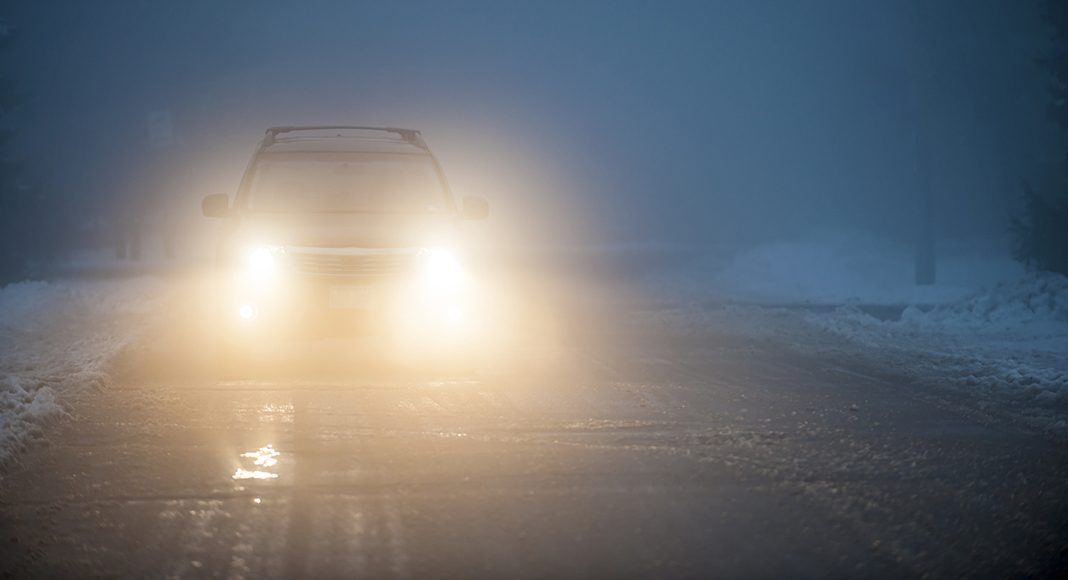Cloudy or yellowed headlights generate only 20 percent of the amount of light that new headlights do, according to new research by the AAA.
The decrease is caused by sunlight damage to protective plastic coatings, resulting in discoloration that considerably diminishes the headlight’s ability to provide adequate light on dark roadways.
With 50 percent of crashes occurring at night, AAA urges drivers to check their headlights for signs of deterioration and invest in new headlights or, at a minimum, a low-cost service to boost the safety of driving after dark.
“Walk through any parking lot and it is evident that deteriorated headlights are a problem for most vehicle owners,” said Greg Brannon, AAA’s Director of Automotive Engineering and Industry Relations. “Headlights on the road in the U.S., even when new, don’t produce a sufficient amount of lighting, so any reduction in performance is a real safety issue.”
AAA carried out laboratory testing of headlights from two popular sedans, approximately 11 years in age. Results from the degraded headlights were measured against new headlights to quantify the amount of light produced for each.
Research revealed that deteriorated headlights, when used on low beam, provided just 22 percent of the amount of light a new headlight does when operating at full capacity. AAA also examined the effects that replacing or restoring a headlight can have on improving the amount of light produced. Replacing headlights with original equipment manufacturer parts is the most effective method to restore light output back to 100 percent.
Aftermarket parts restored light output between 83 and 90 percent but failed to meet certain requirements for light intensity and were found to be more likely to produce glare for oncoming traffic. Restoring headlights was found to be the most cost effective option, but this solution offered less of an improvement in light output than replacement. Professional and DIY restoration returned light output back to approximately 70 percent. Both restoration methods, however, produced more glare than is acceptable, according to DOT criteria.
Testing was conducted in accordance with the Federal Motor Vehicle Safety Standard 108 as set forth by the Department of Transportation (DOT).



















